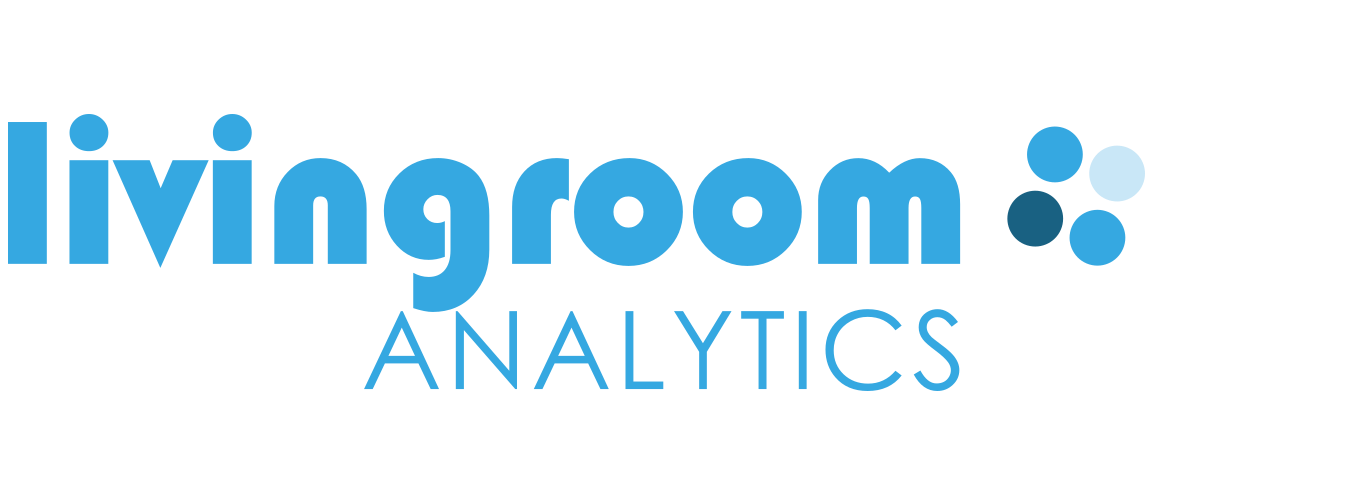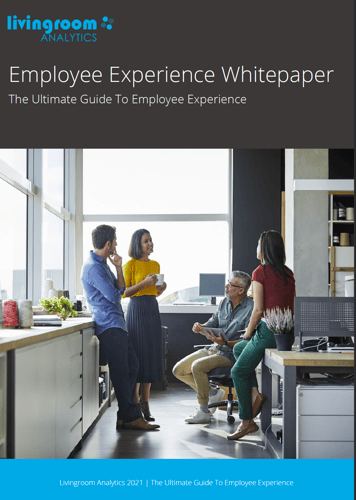Understanding Employee Experience
Over the past few years, employee experience has received considerable attention. No longer a special-interest topic, employee experience is now essential to corporate strategy. It involves not only a company’s HR department but also its IT, facilities, and legal infrastructure. Currently, 80% of executives consider employee experience to be important or very important according to this study from Deloitte. The new focus on employee experience underscores the need to approach employees seriously. As former General Electric CEO Jack Welch has said “No company, small or large, can win over the long run without energized employees who believe in the mission and understand how to achieve it.”
Early Contributions to Employee Experience
A substantial early contribution to the field was Josh Plaskoff’s Strategic HR Review article, “Employee Experience: The New Human Resource Management Approach”. The often-cited article provides an informative definition of employee experience: Employee experience can be defined as the employee’s holistic perceptions of the relationship with his/her employing organization derived from all the encounters at touchpoints along the employee’s journey.
According to Plaskoff, employee experience is characterized by its holistic approach. Employee experience regards an employee’s relationship with their organization as a whole instead of considering isolated components or interactions. Furthermore, employee experience focuses on employees as whole persons, considering their needs, expectations, and fears.
Further Plaskoff claims that employee experience concerns employee “perceptions” of the workplace experience. That is, it incorporates employee understandings, assumptions, and perceptions into its framework. Hence, improving employee experience always needs to begin from the employee perspective.
Employee experience regards an employee’s relationship with their organization as a whole instead of considering isolated components or interactions.
What Are The Drivers Behind Employee Experience?
The employee experience is constructed through the “employee journey.” The employee journey constitutes all of an employee’s interactions with their organization over time––from applying to onboarding to offboarding and saying farewell. Just as customers go through multiple stages on their journey with a company, the employee journey is marked by encounters at touchpoints within the organization. Researching employee experience requires studying all of the moments that matter to an employee throughout their journey, especially the emotional moments, whether filled with joy or frustration.
Embraced by thought leaders and authoritative corporations alike, employee experience is clearly trending in the corporate world. However, this movement has been heavily impacted by several global tendencies. The employee experience agenda is fueled by a global war for talent. Even in the wake of the pandemic, talent acquisition remains HR’s number one challenge. According to Mercer’s 2019 Global Talent Trends Study, 97% of executives anticipate increased competition for talent, and more than half are worried about the time required to fill open positions.
Changes in employee expectations have also powered the employee experience agenda. Contemporary employees expect a personalized, simplified, and elegant employee experience; that is, an employee experience that parallels the B2C experience. However, only 13% of employees are fully satisfied with their experience according to Gartner. (n=2,848; Gartner 2019a).
According to Jacob Morgan, author of The Employee Experience Advantage, In a world where money is no longer the primary motivating factor for employees, focusing on the employee experience is the most promising competitive advantage that organizations can create.
Furthermore, many companies fear negative consequences for their reputation. In the past, a poor workplace experience led to disengagement and churn; the explosion of social media has enabled stories of negative workplace experiences to quickly go viral, seriously damaging a company’s reputation. Now, before even applying, employees want insight into their prospective employee experience.
In a world where money is no longer the primary motivating factor for employees, focusing on the employee experience is the most promising competitive advantage that organizations can create.
Why Employee Experience?
While investing in positive employee experience is morally justified for its own sake, improving employee experience can also produce better business results, indicating a clear return on investment. Despite a shortage of scientific studies, various individual cases and business reports have documented the benefits of employee experience design. A study by Jacob Morgan found that positive employee experience promotes 4-fold extra profit per employee, 2.8-fold higher revenue per employee, and 4.2-fold more average profit. A study by Dery & Sebastian produced similar findings, observing companies in the top quartile for employee experience companies to be 25% more profitable.
While investing in positive employee experience is morally justified for its own sake, improving employee experience can also produce better business results, indicating a clear return on investment.
Finally, a McKinsey report on different employee experience factors found that they significantly increase work effectiveness, engagement and well-being. Among others, the study found that organizational stability improves work effectiveness with 16,9%, engagement with 52,9%, and well-being with 53,3%
Read the whole story about Employee Experience in our Whitepaper. Sign up for our free Whitepaper here.
Want to read more articles like this? Join the Livingroom Newsletter
ABOUT LIVINGROOM ANALYTICS
Livingroom is the new, groundbreaking platform for measuring and improving employee experience. Every company faces the challenge of building a workplace where people feel engaged and perform well. Livingroom helps managers identify people challenges as well as deliver the right tailored actions for improvement.



